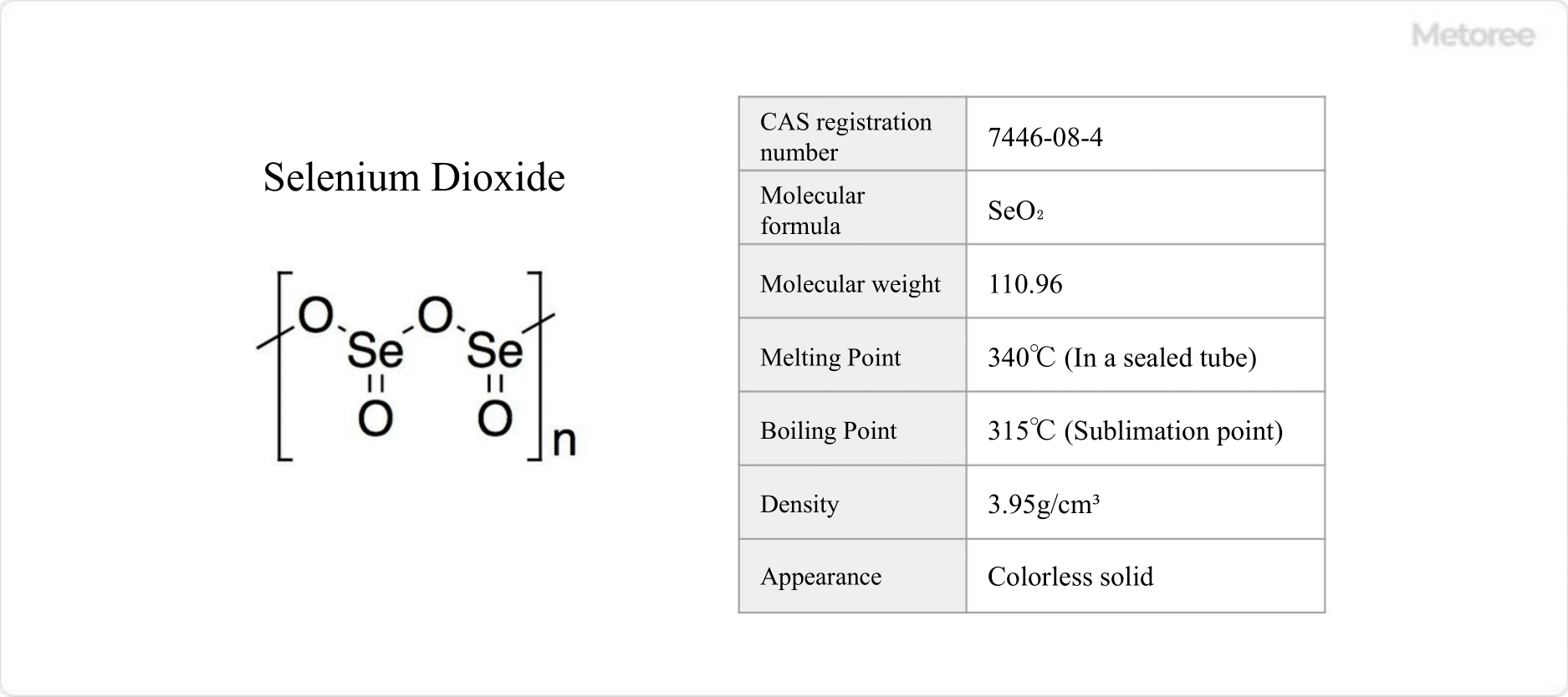What Is Chlorine Dioxide?

Figure 1. Basic Information on Chlorine Dioxide
Chlorine dioxide is an inorganic compound with the formula ClO2, first prepared by Humphry Davy in 1811. It is produced industrially by reducing chlorate or oxidizing chlorite. At room temperature, chlorine dioxide is a gas that decomposes upon exposure to light and heat, posing challenges for long-term storage.
It is classified as a hazardous substance under the Industrial Safety and Health Law, necessitating proper notification and labeling.
Uses of Chlorine Dioxide
Thanks to its potent oxidizing properties, chlorine dioxide is effective against viruses, bacteria, odors, and fungi. It is commonly used for bleaching paper pulp and disinfecting water in taps and pools. It is water-soluble, allowing for versatile application methods, including gas, aqueous solutions, and tablets.
Properties of Chlorine Dioxide
Chlorine dioxide is a yellowish gas at standard temperature and pressure, with a pungent smell akin to ozone and chlorine. It has a melting point of -59.5°C, a boiling point of 11°C, and varies in color and odor intensity with concentration. It is unstable in the presence of light and heat, with a solubility of 0.8 g per 100 mL of water at 20°C.
Structure of Chlorine Dioxide
The oxidation state of chlorine in ClO2 is +4, with a molar mass of 67.45 g/mol and a density of 3.04 g/cm3. The Cl-O bond length is 147.3 pm, and the O-Cl-O bond angle is 117.6°.
Other Information on Chlorine Dioxide
1. Synthesis of Chlorine Dioxide
Chlorine dioxide can be synthesized through various methods, including the oxidation of sodium chlorite with chlorine or the reaction of potassium chlorate with oxalic acid. The majority of chlorine dioxide used industrially is produced by reducing sodium chlorate for pulp bleaching, often in acidic solutions with reducing agents like hydrogen peroxide or sulfur dioxide.
2. How Chlorine Dioxide Sanitizes
Its oxidizing action disrupts the proteins of bacteria and viruses by reacting with amino acids such as tyrosine and tryptophan, altering their structure and function. It also directly attacks mold, sterilizing it effectively.
3. Dangers of Chlorine Dioxide
Chlorine dioxide can explosively decompose into oxygen and chlorine at partial pressures above 10 kPa, triggered by light, heat, or chemical reactions. To mitigate risks, it is typically used in aqueous solutions at specific concentrations, with cold water preferred for higher concentration storage.
4. Related Compounds of Chlorine Dioxide
Other chlorine oxide compounds include chlorine monoxide, chlorine tetraoxide, and various chlorides and radicals derived from the thermal decomposition of chlorine dioxide and its related substances.